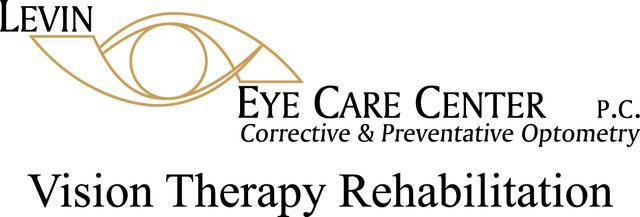
Benefits of Protecting Your Eyes and Skin
Our world is becoming more digital every day, so we must protect our kids’ eyesight. So, whether you’re a parent or grandparent, here are some child’s eye health tips that can help to keep their future bright.
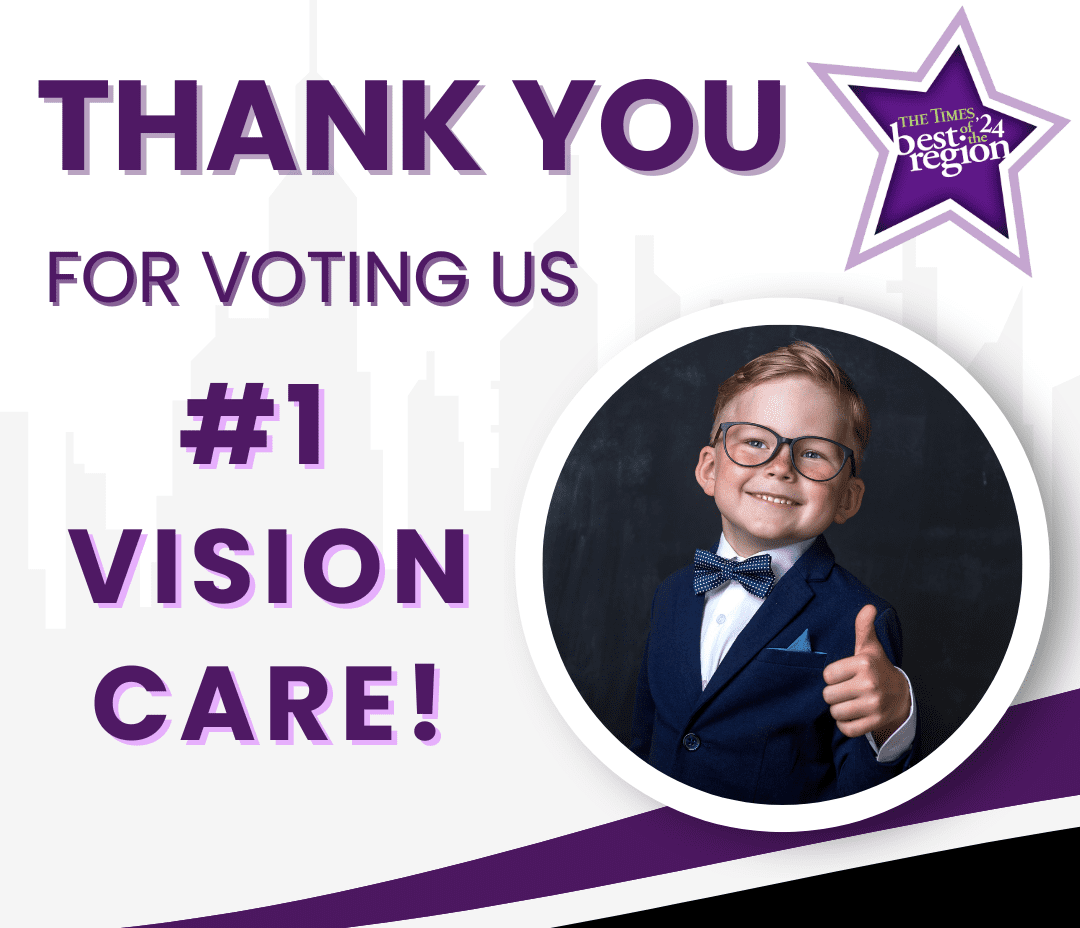
Thank you for voting Levin Eye Care Center Best Vision Care in Northwest Indiana!
We’re Number One Again! We are overjoyed to share that Levin Eye Care Center has been voted the #1 Eye Care Center in Northwest Indiana
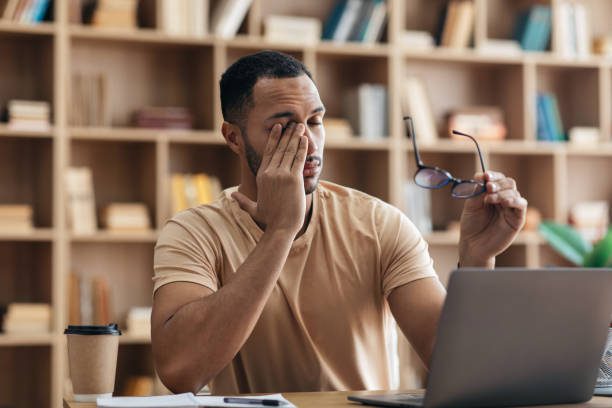
Relief From Dry Eyes
Do your eyes often feel dry, itchy, or irritated? You’re not alone. Dry eye syndrome is a common issue affecting millions worldwide and can affect daily life.
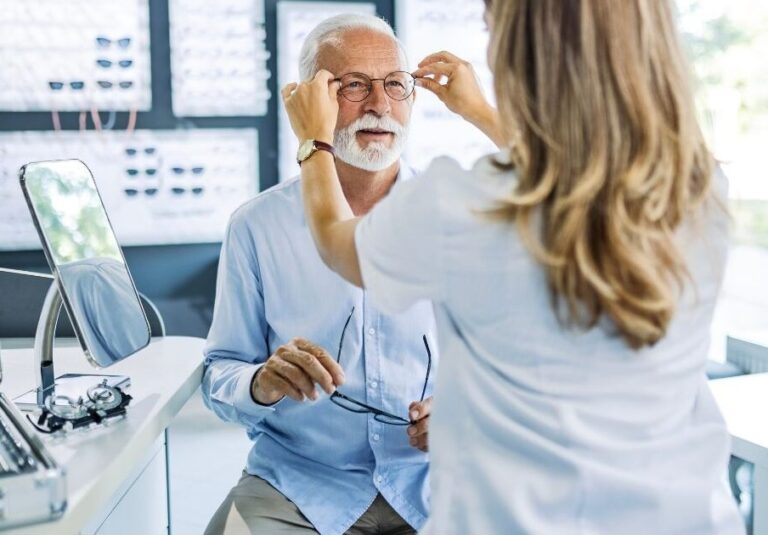
Navigating Low Vision and Macular Degeneration
Our bodies change as we journey through life; our vision is no exception. Age-related macular degeneration (AMD) is a common condition that affects millions of people worldwide as they age.
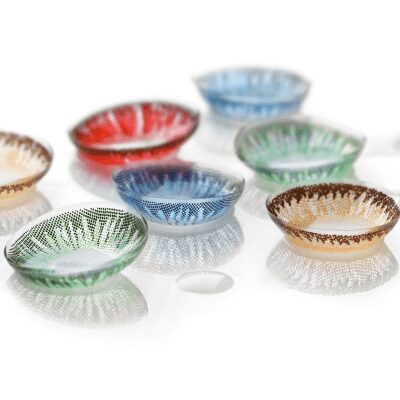
Color Contact Lens Safety
Are you thinking about changing your appearance with color contact lenses? They can be a fun way to change your eye color or enhance your natural look. But keeping your eyes safe is a top priority.

The Importance of Blocking Blue Light
Screens have become integral to our daily lives, from smartphones to laptops and tablets. These devices offer convenience and endless possibilities but emit significant blue light. We will explore the importance of blocking blue light and how it can benefit your health and well-being.
